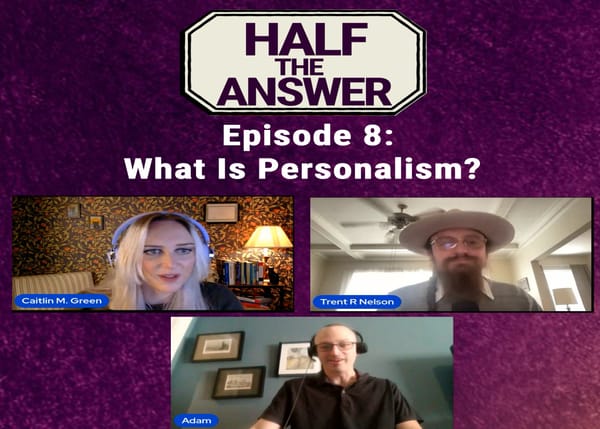Social Security for Children

New census data has given us a clear picture of the child poverty crisis in America. It found that 1 in 6 children in America are living in poverty, which amounts to nearly one-third of the 38.1 million people living in poverty in the United States. Nearly 12 million children are likely going to school hungry, sofa surfing, sleeping in a cold house, getting bullied for their lack of hygiene, and feeling anxious or depressed. A report by the Children’s Defense Fund says that poverty puts children more at risk of “hunger, homelessness, sickness, violence, educational failure, and toxic stress. It deprives them of positive early childhood experiences and opportunities that prepare more affluent children for school, college, and work. Poverty wears down children’s emotional reserves, saps their spirits and threatens their potential.”
While the short-term ramifications for a child living in poverty are clear, they are followed by life-long struggles as well. A child that has lived in poverty is less likely to acquire an education that will open up doors to more places of employment, which could then go on to create a cycle of poverty that continues throughout their lifetime. Research has shown that people who experience poverty in childhood are three times more likely to be poor at 30 as those who never struggled with poverty as a child.
About 3.5 million children are living in households where the annual income is below $25,465 for a family of four with two children. It’s clear that the very people that will determine the future are being kept from achieving their full potential, and when they fail to flourish due to poverty, they will create further expenses for the country later in their adult lives. “Taking care of kids isn’t just a moral imperative, it’s an economic one,” Melissa Kearney, Fellow at Brookings Institution and Professor at University of Maryland, comments, noting that we need to solve the issue of child poverty, not just for the good of our children, but for the good of our nation. One study showed that about $700 billion per year, or 3.5 percent of GDP, is spent (or lost) as a result of missed productivity and extra health and crime costs that stem from child poverty. Additionally, it was found that if child poverty was eliminated in the prenatal years up through five years-old, lifetime earnings could increase up to $100,000 per child.
“America has a broken system for children in poverty,” writes Emma Mehrabi, Director of Poverty Policy for Children’s Defense Fund. Mehrabi provides an overview of the American system for dealing with childhood poverty: “SNAP, housing subsidies, school lunch programs, Special Supplemental Nutrition Program for Women, Infants, and Children, Supplemental Security Income Programs, TANF, and Tax Credits all are available but have different applications and requirements.” It is a patchwork system that isn’t providing nearly enough support for children specifically.
Ignoring child poverty harms the child and hurts the nation. So what can be done?
Kearney offered a unique solution in the form of comparison between the care for the elderly and children in poverty. In 1959, it was found that the elderly were the group with highest poverty rates in the country with 35% of those age 65 and over living in poverty. It is social security payments that have almost single-handedly alleviated poverty experienced by the elderly.
What if the same was done for children? Kearney explained her research about the impact that social security payments for children in poverty further in her recent report: “If we gave each child living in poverty the average Social Security benefit received by a Social Security recipient age 65 and over – that’s $17,112 annually, according to Current Population Survey data – the rate of childhood poverty in this country would fall to less than 1 percent. The number of children living in poverty would fall from over 10 million to about 413,000. If we gave each child living in poverty half the average Social Security benefit – $8,556 annually – the rate of childhood poverty in this country would fall to 3.03 percent, to 2.2 million children.”
Out of the $4.4 trillion of federal funding spent in 2019, the social security payments for children that Kearney suggests would only use $179 billion for the full benefit or $90 billion for the half. Just as the elderly were lifted out of poverty with social security payments, so may children.
It’s possible that people won’t want to contribute their tax dollars to children other than their own. This type of thinking must be corrected. Children are vulnerable and unable to fight for themselves. By providing social security payments, the government would be both protecting children and protecting the future of its economic well being.
The government hasn’t completely ignored the issue of child poverty, but hasn’t fought hard enough to make sure that the poorest children are financially supported. In 2017, Senator Marco Rubio fought for a more robust tax credit for working families to be included in the Republican tax bill. He succeeded in advocating for an increase in credit for working families. Whereas the child tax credit was giving families $1,000 per child dedicated from their tax burden, the new bill doubled the credit for up to $2,000. Sounds like a good plan, except that it doesn’t benefit the poorest families in America. A family that works less, owes less money to the government. The credits are based on how much a family owes in federal taxes and if a family doesn’t owe as much because they are working less, then they will get less money from the credits. The bill attempted to alleviate poverty for children, but in fact left the poorest children just as poor as before it was passed. What is needed is a payment that doesn’t discriminate based on income.
Child poverty doesn’t simply need money thrown at it, although that would be a massive step in the right direction and drastically reduce rates of child poverty. Emma Mehrabi, of the Children’s Defense Fund, elaborates: “Direct cash assistance alone cannot fully address the systems in place that perpetuate racism and uphold discrimination, leaving Black, brown, and indigenous children and families behind. We must also eliminate exclusionary housing zoning policies and ban housing discrimination for rental units and mortgages. We must make sure that every child has quality and equitable education no matter their zipcode.”
She suggests a multi-faceted, intersectional approach to eradicate child poverty, but explains that it won’t be easy. “We need to dismantle the current systems and structures in place that make it harder for children and families of color to succeed.”
If we want our children to do more than just scrape by, we must ensure that they have access to elements that will support a happy, healthy childhood. Social insurance for children is a necessary component to the total package that would provide a financial base for families and children so that they have greater chance of success in their own lives, which will further strengthen our country’s future.
Featured Image is Photograph of the Opening of the Social Security Exhibit at the National Archives




